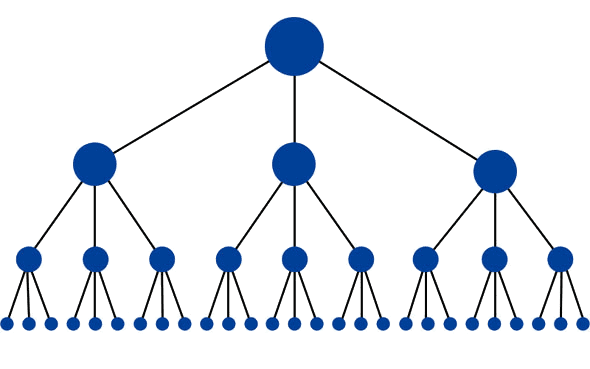Our Digital Team has created the ultimate guide to SEO in Shopify to teach you in 4 steps the best way to optimise and improve your ecommerce site. Shopify is a popular platform to sell a product online due to its functionality. The platform has over 2 million users worldwide. As a Shopify partner, we have the experience and knowledge to guide you to the best SEO practises in Shopify.
Search engine optimisation is the practice of increasing site traffic organically. It is extremely important to boosting your sites ranking. The majority of online traffic is driven by SEO. Organic search results appear much more credible to the user and therefore receive more clicks than paid ads.
SEO is one of the best ways to increase your sites ranking and drive traffic. This is why it is important to note that SEO tools are not built into the Shopify platform, and must be manually done for ultimate results. SEO in Shopify involves technical improvements and google shopping management strategies that are more unique to Shopify, this allows your products to be at the front and centre as customers research, compare and buy online.
Contents of our SEO in Shopify guide:
- Step 1: Site structure
- Step 2: Keyword research
- Step 3: On page SEO
- Step 4: Building links
Step 1: SEO on Shopify-site Structure
Site structure impacts SEO rankings but also the users experience of your site. More than anything, your website should be easy to navigate and straightforward. Simplicity is key – the best way to structure your website is to make sure that it is simple to use and has the potential to scale as your online store grows. One of the benefits of using Shopify is that it is built with scalability in mind.
It is important to recognise the importance of the three click rule. The three click rule means that each page on your website should be as few clicks away from the homepage as possible. This is because site visitors can become frustrated easily. Frustration leads to potential customers being likely to leave your page if they cannot find what they are looking for easily.
Step 2: Keyword Research
Keyword research is a great way of understanding your target market. It involves identifying the high-value search terms that your target audience is searching for. It also helps you identify consumer behaviour. For instance, the terms people search for are not always what you expect. Think about how you would Google something if you were searching for a product or service.
Some of the best keyword research tools are easily accessible and free. These tools are a great way to determine the value of a keyword or phrase. Some examples include;
- Google Keyword Planner
- Google trends
- MOZ keyword explorer
- Answer the public
Whilst it can be useful to target popular terms and phrases your target audience are searching for, it can be more beneficial to use terms with lower search volumes. This is because it is easier to target lower terms as they are less competitive. The task of narrowing down your keywords list may seem impossible but the areas to focus on include volume, competition, relevance and intent.
Step 3- On page SEO
The aim of SEO is to quickly provide users with the content they desire in the format in which they desire it. As a Shopify partner, we know that the most effective ways to do this on Shopify. We suggest you utilise the URL and product descriptions:
URL
The URL should be easy to read by both users and by search engine crawlers. This is to ensure that the site is visible and optimises its page ranking. Searchers are much more likely to click on a readable URL that clarifies the information on that page. It is useful to include specific keywords your page is targeting within the URL.
Descriptions
Reduce thin content pages by using long product descriptions that are filled with relevant target keywords. The more information included on the page means the more information google has to access, index and rank. This is a significant way of boosting your Shopify sites ranking on SERPS.
Step 4- Building Links
Building links is one of the hardest elements of SEO. For this reason many marketers choose to ignore them. They may be the hardest to gain, but are the most rewarding. Building quality backlinks from authoritative sources helps to improve your site ranking. Links are split into two sections, external links and internal links:
Backlinks
Backlinks or external links are the most important element of SEO for Shopify. Backlinks are effectively hyperlinks that point from one site to another. Backlinks are important in determining a site’s ranking. A site with links from credible sources seems more trustworthy. Backlinks are also a great way to drive qualify traffic to your site if the links are acquired from relevant websites.
Internal links
On the other hand, is internal links. These are also important and work by connecting internal pages of the same domain. Using a high number of internal links that point to a particular page on your site provides a signal to google that a particular page on your Shopify site is important. Check out the attached image to see what organisational internal links should look like: (source: MOZ).

Google likes these types of links because they provide contextual meaning. This describes what the target page is about. Product descriptions are a great internal link opportunity to link other products on your site.
Overview of SEO in Shopify
Following the 4 steps of our ultimate Shopify SEO guide have been proven to improve product rankings of SEO stores in google search results. For more SEO assistance and digital marketing services please contact us, we are the leading Shopify Marketing agency in Manchester. Ask us for a FREE 15 minute consultation on the health and effectiveness of your Shopify site.
